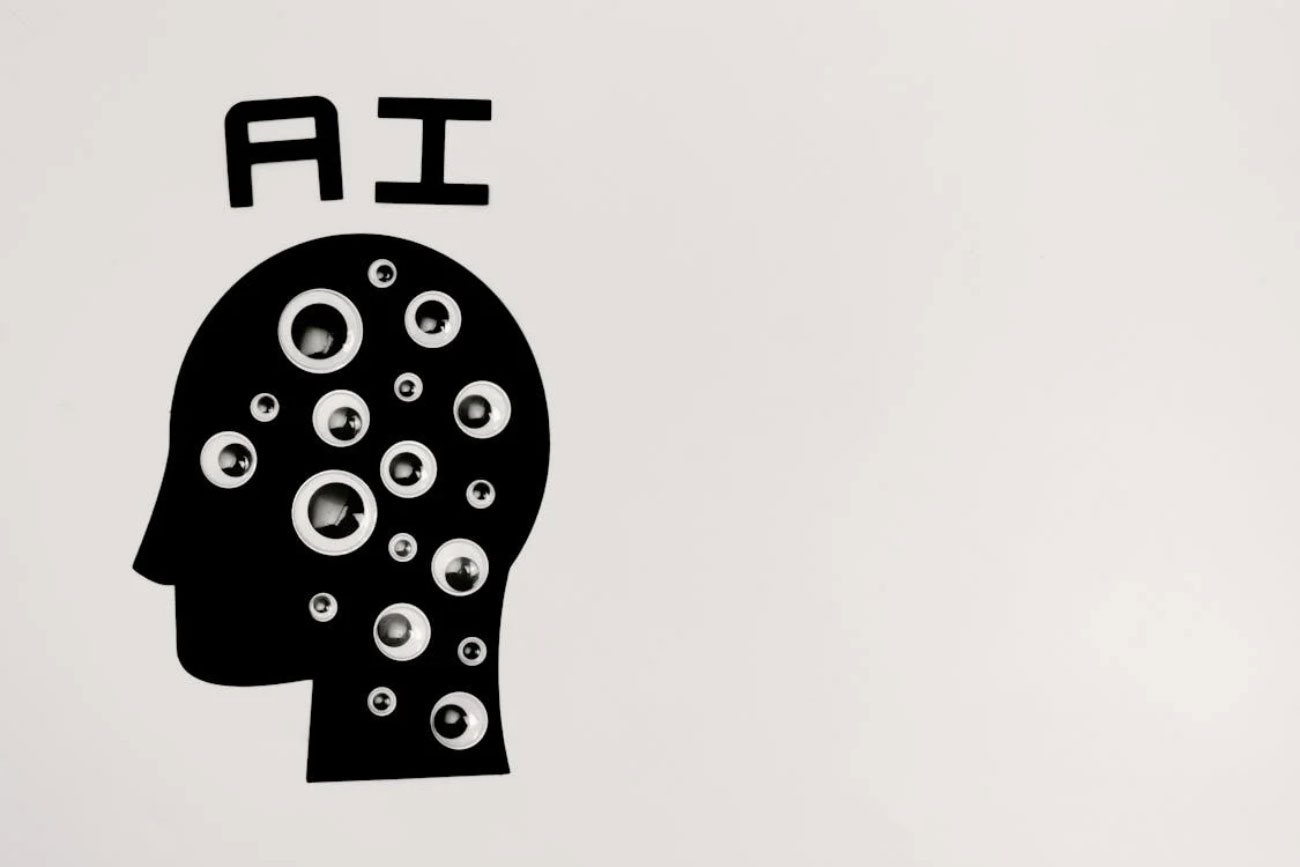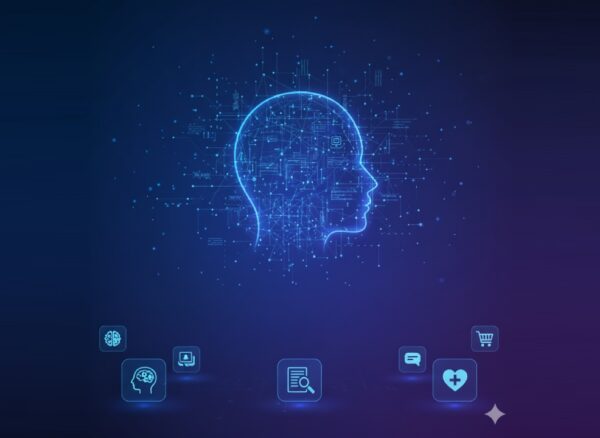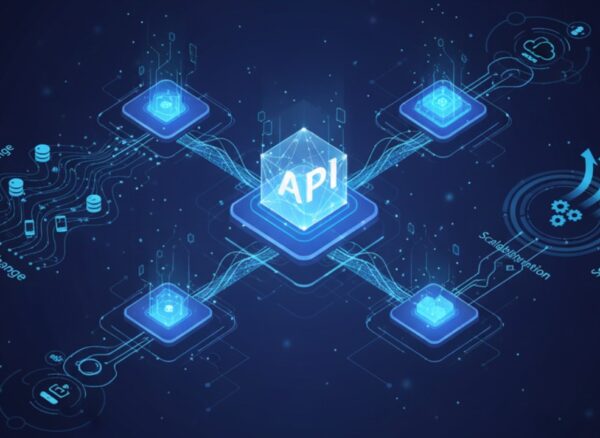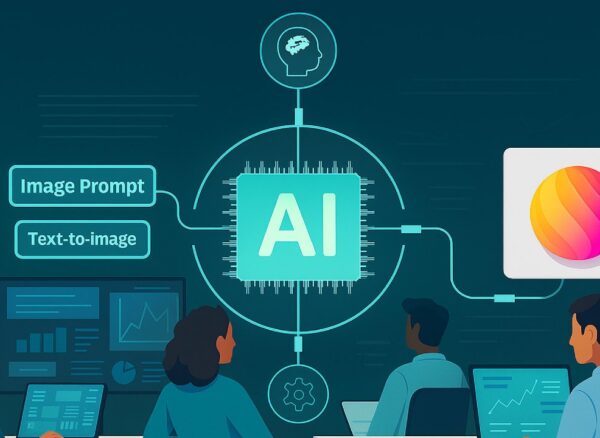

In today’s digital world, learning a new language is no longer limited to classrooms, textbooks, or traditional coaching centers. With the rise of Artificial Intelligence (AI), the language learning experience has become more interactive, personalized, and efficient than ever before. AI-powered tools are transforming how learners practice, improve, and master new languages.
In this post, we’ll explore how AI improves the language learning experience and why it’s the future of education.
1. Personalized Learning Paths
Every learner has different strengths, weaknesses, and learning speeds. Traditional methods often follow a “one-size-fits-all” approach, but AI adapts to individual needs.
- AI systems analyze your progress.
- Identify areas where you struggle (e.g., grammar, vocabulary, pronunciation).
- Recommend exercises and lessons suited to your level.
Example: Apps like Duolingo and Memrise use AI to tailor lessons for each learner.
2. Real-Time Feedback
One of the biggest challenges in language learning is pronunciation and grammar accuracy. AI-powered platforms can provide instant feedback:
- Correcting your pronunciation using speech recognition.
- Suggesting grammar fixes.
- Highlighting vocabulary improvements.
This reduces dependency on a human tutor while maintaining accuracy.
3. Conversational Practice with AI Chatbots
Practicing with native speakers is ideal, but not always possible. AI chatbots now simulate real conversations in the target language.
- Learners can chat anytime, anywhere.
- Conversations cover different contexts (ordering food, traveling, job interviews).
- Improves fluency and confidence without fear of judgment.
Example: ChatGPT and other AI tutors provide natural conversations in multiple languages.
4. Gamification & Engagement
AI adds fun elements to learning through gamification:
- Points, rewards, streaks, and leaderboards.
- Motivates learners to practice daily.
- Keeps learners engaged for long-term progress.
Studies show gamification improves retention and consistency in learning.
5. Breaking Barriers with Real-Time Translation
AI-driven translation tools like Google Translate and DeepL make it easier to understand foreign text, speech, and even signboards in real time.
- Helps learners grasp meaning faster.
- Builds vocabulary through instant references.
- Boosts confidence in real-world interactions.
6. AI in Virtual Reality (VR) & Augmented Reality (AR)
AI combined with VR/AR creates immersive learning experiences:
- Learners can “enter” virtual scenarios like airports, restaurants, or markets.
- Practice real conversations in a simulated environment.
- Enhances practical learning instead of just theory.
7. Accessibility & Inclusivity
AI tools break barriers for learners with disabilities:
- Voice recognition for visually impaired learners.
- Subtitles and text-to-speech for hearing-impaired learners.
- Adaptive systems for different learning abilities.
This ensures language learning is inclusive for everyone.
Final Thoughts
AI is not here to replace teachers but to enhance the language learning journey. It provides personalized learning, real-time feedback, conversational practice, and immersive experiences that make learning faster, more enjoyable, and more effective.
As AI continues to evolve, the way we learn languages will keep transforming — making fluency more achievable for learners worldwide.
Related Post
Your Everyday AI: Unlocking the Magic Behind the Screens
Cloud Computing Essentials: Choosing the Right Platform for Your Business
How VAPT Can Fortify Your Business Against Cyber Threats
Address Business
Dashisar East Mumbai -400068











